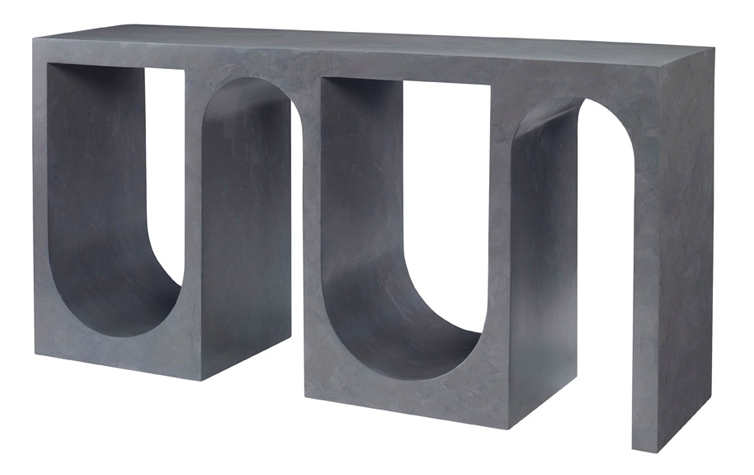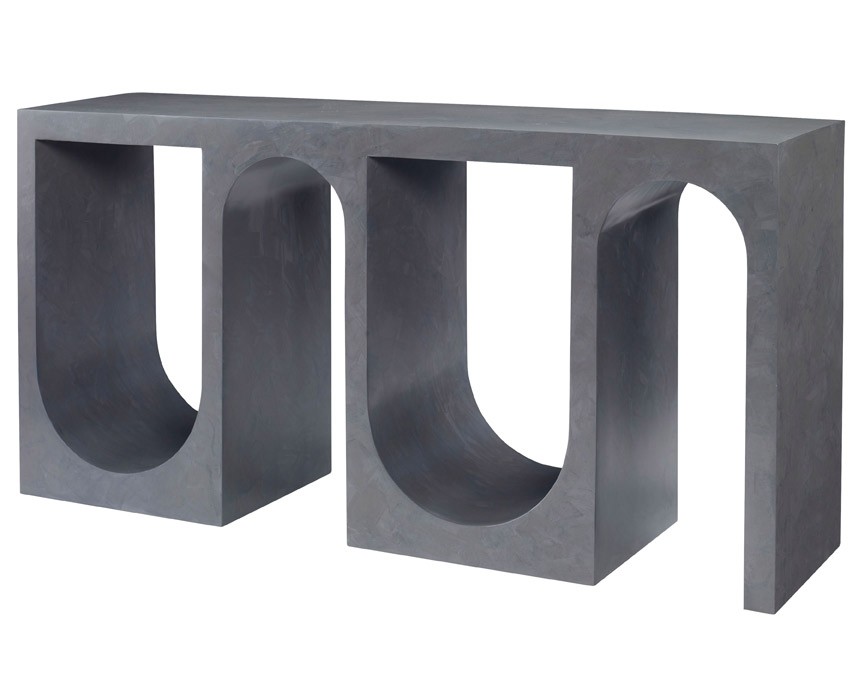
Brutalism first made its mark in Europe as an architectural style in the late 1940s. Taking its name from the French term béton brut (“raw concrete”), Austere brutalism juxtaposed both ornate pre-war and glossy post-war design styles, driven by architects including Le Corbusier, Louis I. Kahn and Mies van der Rohe.
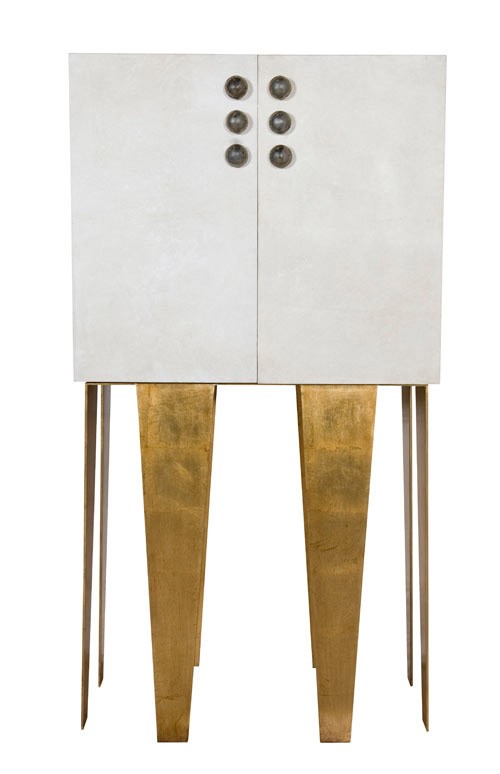
Severe and imposing, these buildings showcased their concrete, steel and glass components, with designs featuring geometric shapes or abstract forms repeated in sometimes asymmetrical fashion. Duct work, pipes and mechanics were left exposed in the interiors. Examples of brutalist architecture can often be found in the United States on college campuses and government complexes.
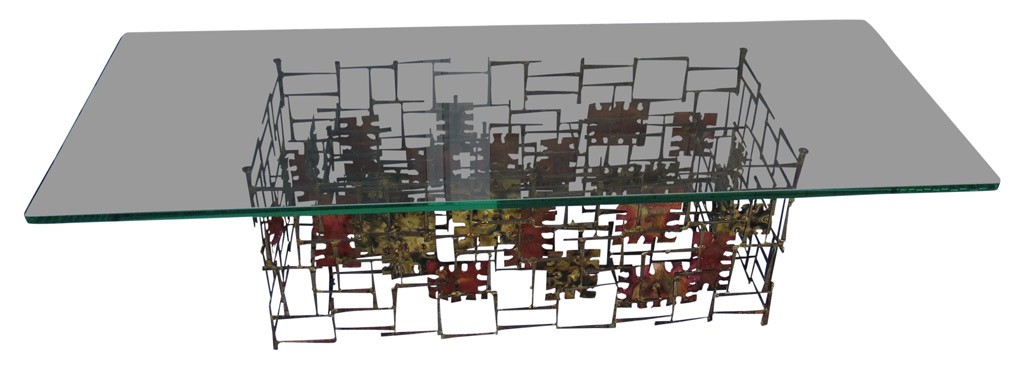
Brutalism was embraced by some and reviled by others. Today, as many of these buildings pass the half-century mark, and the concrete structures have fallen victim to the elements, vandalism and time, questions arise as to if they’re worthy of preservation.
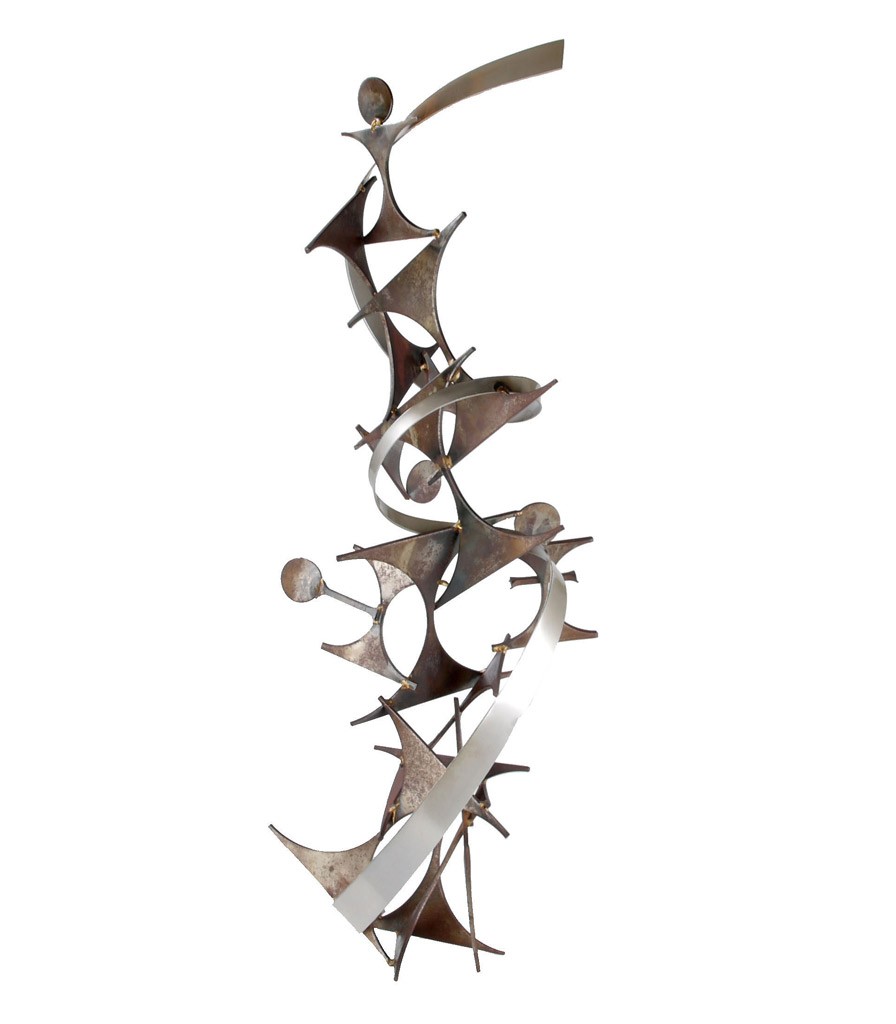
The style found its way indoors through artwork and furnishings made of wood, metal, concrete or stone. Mimicking the aesthetic of brutalist architecture, brutalist décor is rough, raw, earthy, with repeated geometric or abstract shapes. Mass-marketers including Lane and artisans including C. Jeré created brutalist works. Pieces made in the 1950s, ‘60s and ‘70s are highly sought after, and contemporary designers including Kelly Wearstler are releasing new pieces with a brutalist influence.
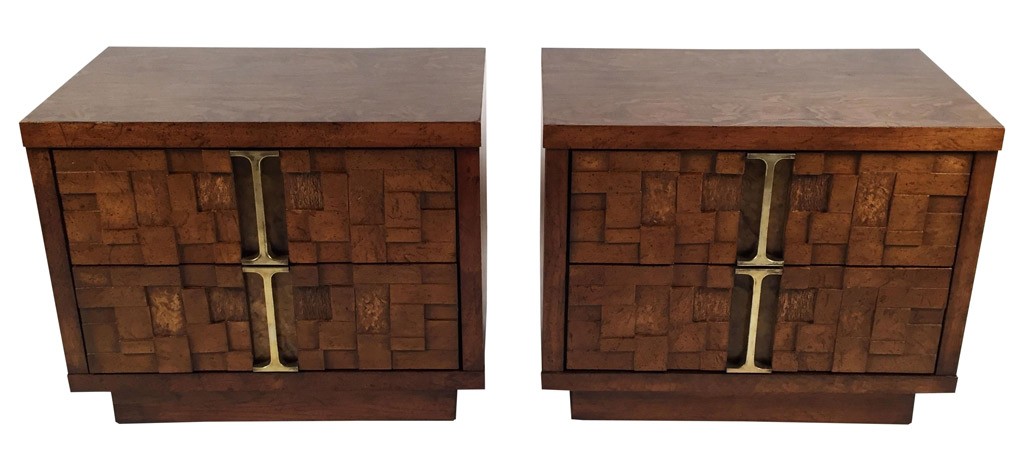
Bring a brutalist touch into your own home with sheet metal wall hangings, marble or metal coffee tables with glass tops, or a wood chest with intricate geometric details.
 For more instances of Brutalism, don’t miss our latest fall issue! You can also stop by and discover the often controversial history and design of Brutalist buildings such as Lauinger Library: A Brutalist Take on Romanesque Design, 33 Thomas Street: A Sleek Brutalist Habitat for Machines and Boston City Hall: A Controversial Brutalist Landmark.
For more instances of Brutalism, don’t miss our latest fall issue! You can also stop by and discover the often controversial history and design of Brutalist buildings such as Lauinger Library: A Brutalist Take on Romanesque Design, 33 Thomas Street: A Sleek Brutalist Habitat for Machines and Boston City Hall: A Controversial Brutalist Landmark.
And of course, don’t forget to follow us on Instagram, Facebook and Pinterest for more mid century articles and ideas!

